Banks only lend money to those who can prove they don’t need it and it has not been a happy few months for racing with one trainer after another giving up the unequal struggle and shutting the stable doors. The only thing that could make it worse for many small yards is an election victory in May for the Greens: they have vowed, if they win power, to outlaw zoos and circuses and a ban on horseracing clearly would not be far behind.
I have had my problems too. Gremlins from outer space this week seized control of my laptop and have locked away my racing notes behind an immovable screen that resembles an early Jackson Pollock. Mrs Oakley’s laptop, pressed into service instead, contains some excellent recipes and penetrating literary notes but not a single quote obtained at Cheltenham or Sandown.
I have diverted to three new publications on jockeys, racecourses and one remarkable horse. The Spotted Wonder (published by AuthorHouse and actually the work of an experienced racing author) is presented as written by The Tetrarch, the spotted grey ‘rocking horse’ horse who was known by that nickname. It tells the story of the fastest two-year-old there has ever been literally from the horse’s mouth. The Tetrarch was unbeaten in seven races as a juvenile and was made winter favourite for the Derby but was injured and never raced again. I feared the concept could be mawkish or twee but the horse’s-eye view of being weaned, trained and taken to the racecourse works surprisingly well. Behind the tapes for his first race The Tetrarch reflects, ‘The mass of jig-jogging horseflesh, the garish colours of the silks and the high-pitched chatter of the jockeys were an assault on our senses completely unknown until this moment. Legs trembled and hearts thumped everywhere.’ Leading the field home at Ascot, ‘I saw nothing but thousands and thousands of eyes like frogspawn watching me gallop up the green carpet.’
Fortunately, the author also finds a way to digress neatly into the gambling coups of The Tetrarch’s trainer Atty Persse, a brutal stable disciplinarian who made Wackford Squeers look a softie, and into The Tetrarch’s popular if flawed jockey Steve Donoghue.
Having completed a quest to visit every racecourse in the British Isles, the bookmaker Roy Gill has produced a pricey potted history of all 107, From Epsom to Tralee: A Journey Round the Racecourse (Medina Publishing Ltd). The book is well presented and beautifully illustrated and Gill covers the big tracks such as Epsom, Cheltenham and Goodwood well, but the entries for a number of Irish courses like Downpatrick and Roscommon, Clonmel and Killarney, are insubstantial padding. A couple of good gambling stories include the ringer Francasal who was run at a Bath meeting. The conspirators cut the telephone wires outside the course and placed £6,000 in off-course bets at the last minute so the price was not trimmed.
I had not realised before that the Grand National used to be run on Fridays until Prime Minister Attlee in 1947 requested its move to Saturday as he feared industry could not cope with so many workers taking the day off, but Gill’s book badly needs much more anecdotage. Tracks, buildings and racing programmes are only of so much interest in themselves.
Jockeys, however, are eternally fascinating and John Carter’s Warriors on Horseback (Bloomsbury) is a wide-ranging portrait of the professional jockey’s world. He has a good stab at portraying the craic and camaraderie of the changing room. Says current Flat rider Martin Dwyer, ‘The only way to describe the weighing room is like a school classroom when the teacher leaves for a minute…’. The best chapter in the book takes us through the freelance Dwyer’s working week — riding schooling, working the phones to maximise his number of rides, driving 40,000–50,000 miles a year and riding the races. Dwyer complains that traditional loyalties between trainer and rider are disappearing from racing. ‘The blame game is more prevalent in racing now …the younger trainers run handicap horses in [higher class] Group races and when they don’t win they blame the jockey. They over-egg the horses, then sack the jockey …a trainer will run a horse six times with six different jockeys.’
In an instructive if less entertaining section, Carter devotes a good deal of space to jockeys’ injuries and weight problems. Especially illuminating is the story told by Lisa Hancock, chief executive of the Injured Jockeys Fund, who happened to travel in an ambulance with the injured champion jockey A.P. McCoy. She had never seen anybody so tough in so much pain but by the time they got to hospital he had self-diagnosed broken ribs and sternum and a punctured lung. An initially sceptical consultant eventually agreed. Says McCoy, ‘I’m so up on medical things now I could nearly be a doctor. I was so sore that I had an epidural in my back and was in intensive care for six days. You only worry about your head or your spinal column. Everything else, some way or another, will repair in time.’
Got something to add? Join the discussion and comment below.
Get 10 issues for just $10
Subscribe to The Spectator Australia today for the next 10 magazine issues, plus full online access, for just $10.
You might disagree with half of it, but you’ll enjoy reading all of it. Try your first month for free, then just $2 a week for the remainder of your first year.

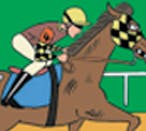

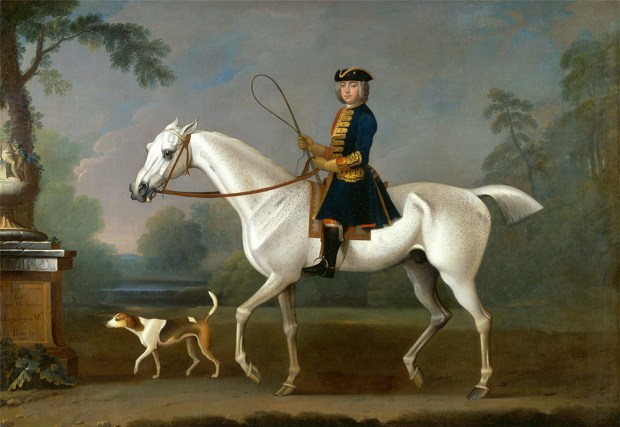
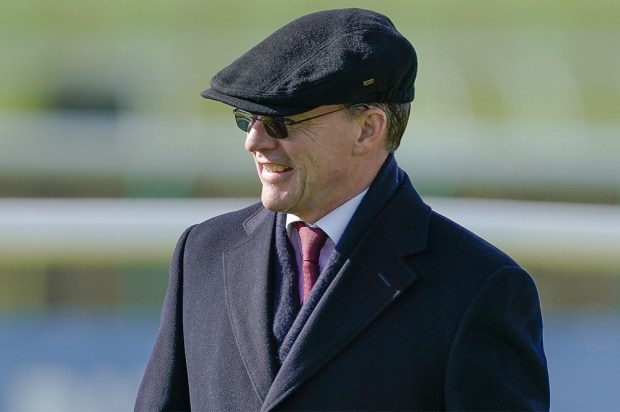
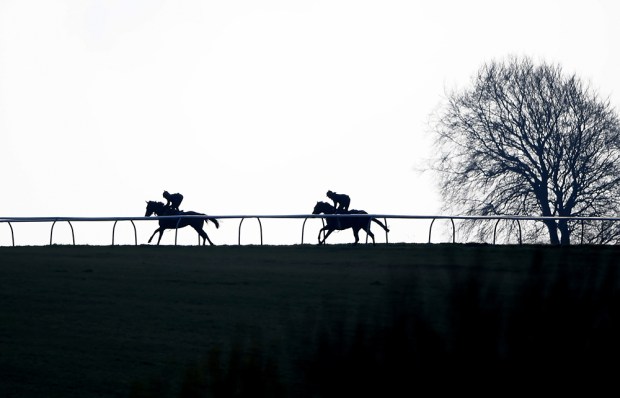
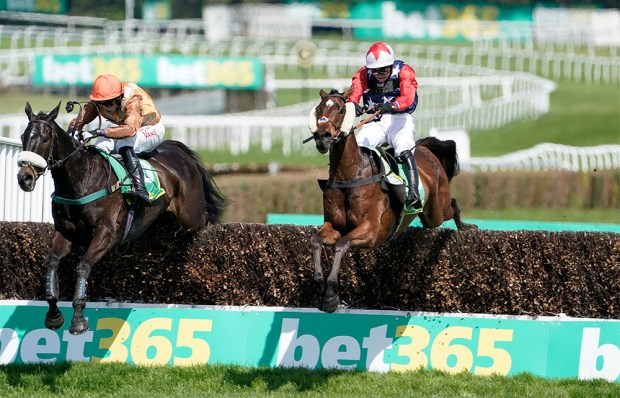
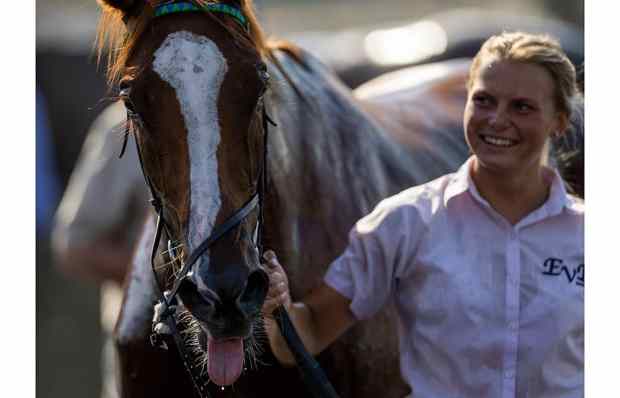
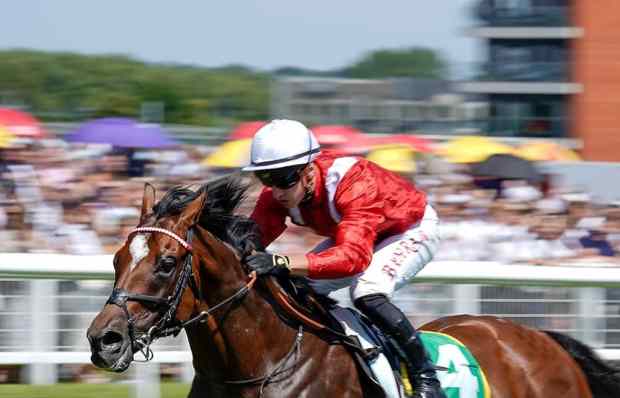






Comments
Don't miss out
Join the conversation with other Spectator Australia readers. Subscribe to leave a comment.
SUBSCRIBEAlready a subscriber? Log in